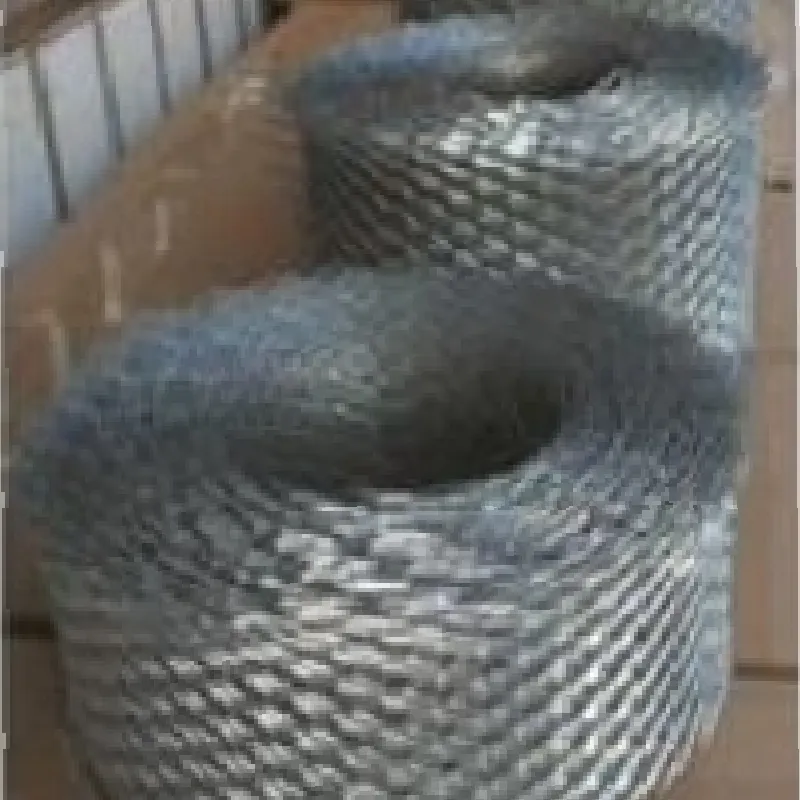Oct . 11, 2024 04:13 Back to list
farm stock fencing
The Importance of Farm Stock Fencing
Farm stock fencing plays a crucial role in managing livestock effectively and protecting valuable agricultural resources. In an era where agricultural productivity and sustainability are at the forefront of global concerns, the importance of proper fencing cannot be overstated. This article explores the various types of farm fencing, its significance, and best practices to ensure that it fulfills its purpose.
Types of Farm Stock Fencing
There are several types of fencing suitable for different kinds of farm operations, each offering unique benefits. The most common types include
1. Barbed Wire Fencing This traditional fencing option is made of twisted strands of wire with sharp barbs at intervals. Barbed wire is effective for keeping larger livestock, such as cattle, within designated boundaries. However, care must be taken to ensure that the barbs do not cause injury to animals or humans.
2. Electric Fencing Increasingly popular among modern farmers, electric fencing provides an imposing psychological barrier for livestock by delivering a mild shock when touched. This type of fencing is particularly effective for controlling movement and is often used to create temporary grazing areas, allowing farmers to rotate livestock and enhance pasture health.
3. Stock Fencing Stock fencing is made from robust wire that offers an excellent solution for containing sheep, goats, and cattle. It typically consists of horizontal wires supported by vertical posts, creating a strong barrier without the dangers associated with barbed wire.
4. Post and Rail Fencing This classic style utilizes wooden or metal posts with horizontal rails. While more expensive, this type of fencing adds an aesthetic appeal to farms and is often used for horses and to demarcate property lines.
5. Mesh Fencing Often made of galvanized wire, mesh fencing is ideal for smaller animals such as chickens, rabbits, or even young livestock. It provides a secure environment while allowing visibility and air circulation.
Significance of Farm Stock Fencing
Proper fencing is essential for several reasons
farm stock fencing

1. Animal Management Fencing helps maintain order in livestock management. By keeping animals contained within designated areas, farmers can easily monitor their well-being and ensure they have access to food and water. This management practice reduces stress on animals and promotes better health.
2. Protecting Crops and Property Effective fencing prevents livestock from wandering into crop fields, which can lead to destruction of plants and loss of yield. Additionally, it secures property from potential damage caused by wild animals or strays, protecting both crops and infrastructure.
3. Safety Fencing helps protect both livestock and humans. For example, without functional fencing, there is a risk that livestock may escape onto public roads, posing dangers to themselves and drivers. Well-maintained fences reduce the chances of such accidents occurring.
4. Legal Compliance In many jurisdictions, proper fencing is a legal requirement for livestock operations. Farmers must adhere to local laws and regulations concerning fencing to avoid potential liabilities.
Best Practices for Farm Stock Fencing
To ensure that farm stock fencing is effective, farmers should adhere to several best practices
1. Regular Maintenance Inspect fencing regularly for damage or wear. Broken wires, leaning posts, or rust can compromise a fence's efficacy. Prompt repairs and upkeep extend the life of the fencing.
2. Choose the Right Material When selecting fencing materials, consider the specific needs of the livestock and the environment. Durability, visibility, and strength are vital factors.
3. Installation Proper installation is crucial to ensure the fence's strength and effectiveness. Posts should be buried deep into the ground, and tensions in wire or electric fences should be regularly checked to prevent sagging.
4. Adapt to Changes A farm's needs might change over time, especially as livestock breeds or farming practices evolve. Being willing to adapt fence design and layout ensures continued effectiveness.
In conclusion, farm stock fencing is a critical component of agricultural operations that plays a fundamental role in livestock management, crop protection, and ensuring safety. By understanding the various types of fencing available and adhering to best practices, farmers can cultivate a thriving and sustainable farming environment.
-
Reinforcing Mesh: Core Material of the Construction Industry
NewsJul.07,2025
-
Welded Wire Fabric Reinvented for Modern Projects
NewsJul.04,2025
-
Superiority of Stainless Steel Woven Mesh
NewsJul.04,2025
-
Key Types of Razor Wire and Their Applications
NewsJul.04,2025
-
Durable Metal Fence Types for Security
NewsJul.04,2025
-
Best Materials for Livestock Fence
NewsJul.04,2025
products.







